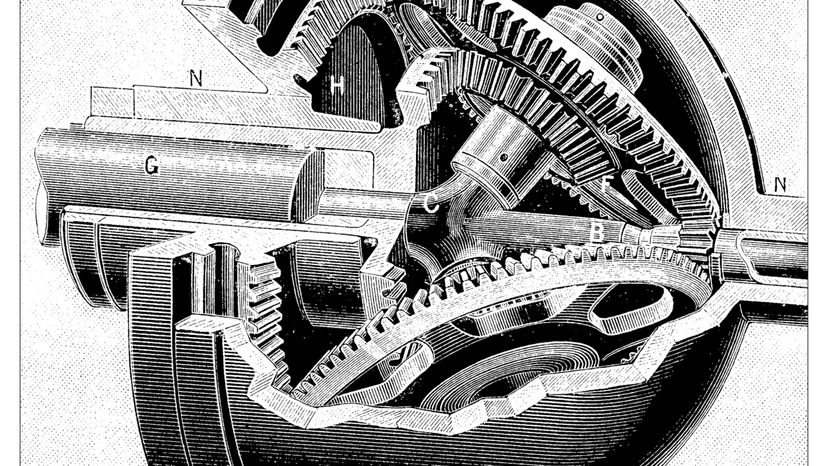Your car's transmission is having some problems, but you're not sure what's wrong. It's possible that your transmission is fine, but your torque converter needs to be replaced. You can diagnose problems with your torque converters on many older transmissions by conducting a stall-speed test. Here's how to test your torque converter:
1. Take the Following Precautions
Check with your car or transmission manufacturer to make sure it's safe to run the test. Most newer transmissions, as well as some older ones, can actually be ruined by a stall-speed test. Don't run a stall-speed test for more than five seconds at a time. Don't run this test on vehicles that have traction control or anti-lock brake systems. On some electronically controlled transmissions, a stall-speed test will set off your check engine light.
2. Prepare Your Car
Before testing your torque converter, make sure all your fluids are in good condition. Also, chock your wheels and set the parking brake. If your car doesn't have a tachometer, install one that can be seen from the driver's seat
3. Start Your Engine
Press the brake pedal all the way to the floor and start your engine. Shift your transmission into drive. Don't let go of the brake.
4. Put the Pedal to the Metal
While pressing on the brake pedal, press the accelerator pedal to the floor for two to three seconds. Don't exceed five seconds, or you risk blowing out the transmission. The RPM the engine maxes out at is the stall speed.
3. Interpreting the Stall-Speed Test Result
If the RPM reading is lower than the specifications for your particular torque converter and engine, it means the torque converter is failing and needs to be repaired or replaced. If the RPM reading is too high, then your transmission is slipping and you'll need to investigate the problem
